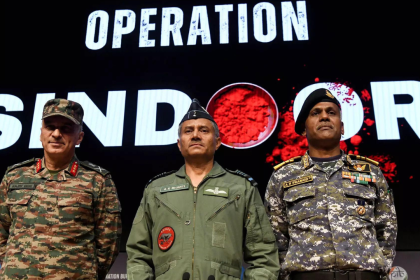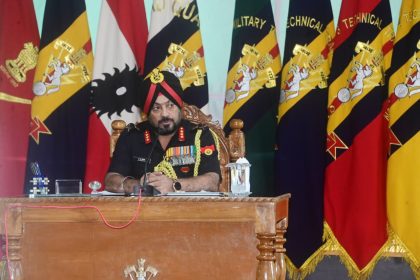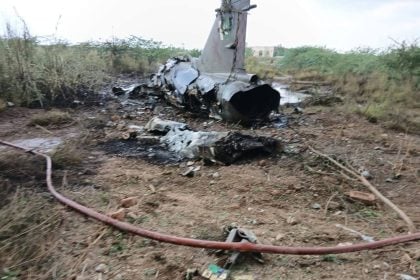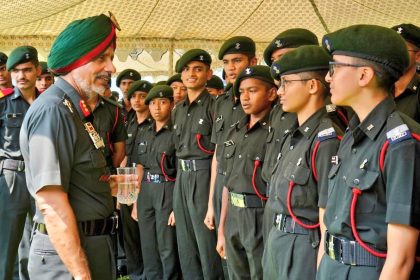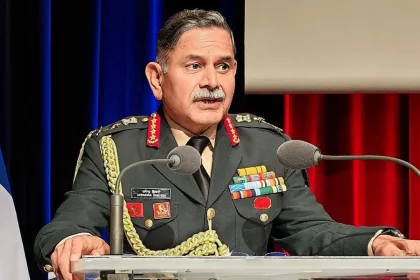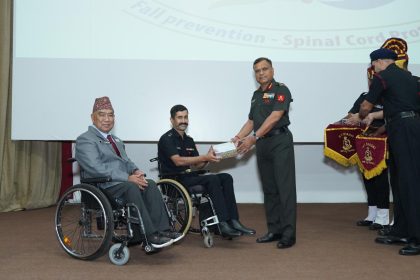Indian Army Adopts Indigenous SAMBHAV Communication System During Operation Sindoor
Army’s Indigenous SAMBHAV Ecosystem Ensures Secure Communication in Operation Sindoor.
Lt Gen JS Sidana Visits 3 EME Centre Bhopal, Highlights Future Readiness and Innovation
In a major push to strengthen the Indian Army’s technological and operational capabilities, Lieutenant General JS Sidana, AVSM, Director General…
Pakistan Air Force Mirage 5 ROSE III Crashes Near Sargodha Amid Ongoing Safety Concerns
Another Mirage Jet Down: Pakistan Air Force Faces Fleet Woes
Major General MPS Gill Visits RIMC Dehradun, Encourages Cadets to Uphold Values and Resilience
Maj Gen Gill, an RIMC alumnus, commends cadets and faculty while highlighting the institution’s legacy of excellence and its pivotal…
‘Land Will Remain the Currency of Victory’: Army Chief General Upendra Dwivedi
Army Chief stresses land dominance, technological integration, and theaterisation as key to India’s future wars.
Spinal Cord Injury Centre at Military Hospital Khadki Marks World Spinal Cord Injury Day 2025 with Inspiring Event
The Spinal Cord Injury Centre (SCIC) at Military Hospital Khadki, recognized as the largest facility of its kind within the…

